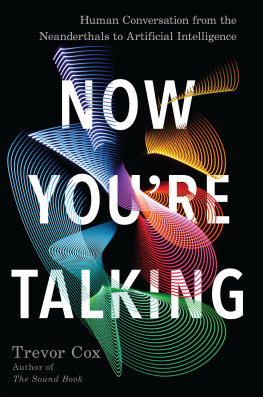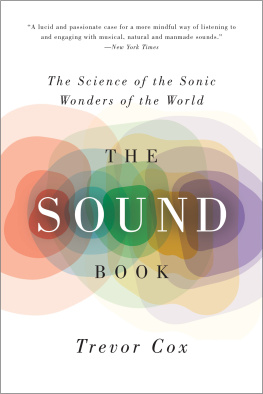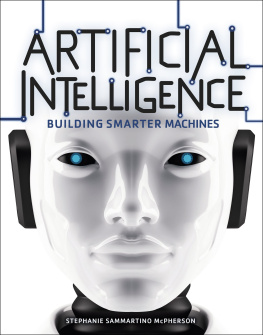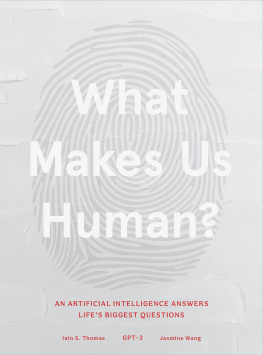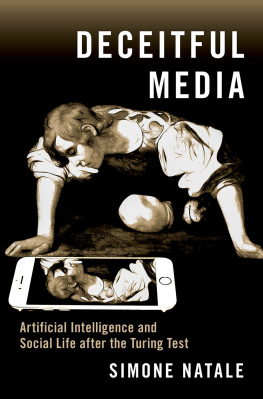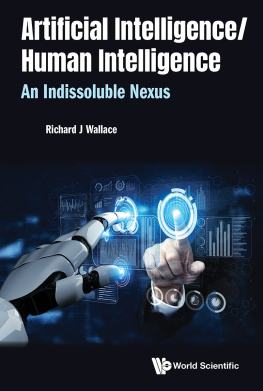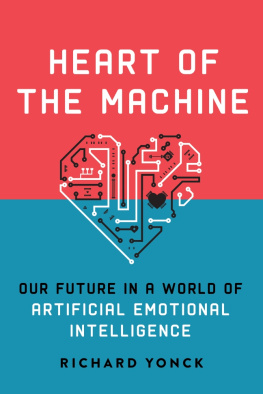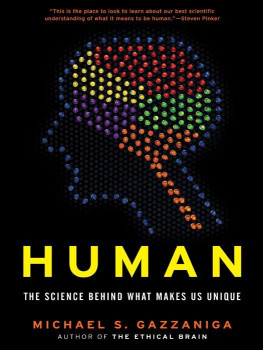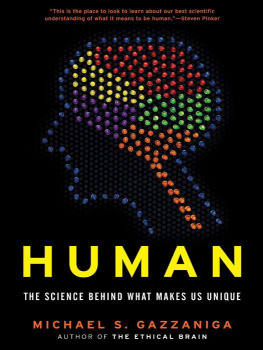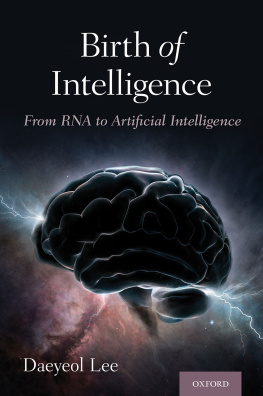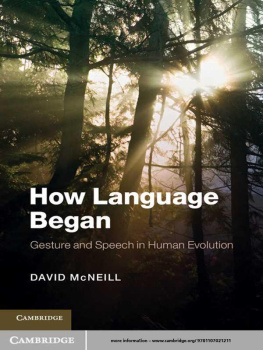

ALSO BY TREVOR COX
The Sound Book

To Deborah, Jenny, Michael, Nathan and Peter
Now Youre Talking
Copyright 2018 by Trevor Cox
First published in 2018 by The Bodley Head, an imprint of Vintage.
Vintage is part of the Penguin Random House group of companies.
First Counterpoint hardcover edition: 2018
All rights reserved under International and Pan-American Copyright Conventions. No part of this book may be used or reproduced in any manner whatsoever without written permission from the publisher, except in the case of brief quotations embodied in critical articles and reviews.
Library of Congress Cataloging-in-Publication Data
Names: Cox, Trevor J., author
Title: Now youre talking : human conversation from the Neanderthals to artificial intelligence / Trevor Cox.
Description: First hardcover edition. | Berkeley, California : Counterpoint, 2018 | Includes bibliographical references and index.
Identifiers: LCCN 2018015090 | ISBN 9781640090798 | eISBN 9781640090804
Subjects: LCSH: Oral communicationHistory.
Classification: LCC P95 .C69 2018 | DDC 302.2/242dc23
LC record available at https://lccn.loc.gov/2018015090
Jacket designed by Jaya Miceli
COUNTERPOINT
2560 Ninth Street, Suite 318
Berkeley, CA 94710
www.counterpointpress.com
Printed in the United States of America
Distributed by Publishers Group West
1 3 5 7 9 10 8 6 4 2
Contents
Introduction
I regard this invention as an epoch in the history of science... a vote of thanks... for the great pleasure we have had... in hearing Mr Edisons instrument.
Your marvelous invention has so occupied my brain that I can hardly collect my thoughts to carry on my work. The results are far reaching (in science), its capabilities are immense.
In December 1877, Thomas Edison made history by recording Mary Had a Little Lamb on his phonograph and playing it back. This was not just an epoch in the history of science, it was a revolution for the human voice. Before then, hearing someone talk was exclusively a live experience: you had to be listening as the sounds emerged from the speakers mouth. We can read the text of great speeches that predate the phonograph, like Abraham Lincolns Gettysburg Address, but how exactly the president delivered the lines is lost forever. The phonograph captured the way things are said, and this can be just as important as the words themselves. When someone says Im all right, the tone of their voice might in fact tell you they are not all right.
Voice lies at the heart of our identity. It takes only a few words to recognise a friend or loved one when they call you on the phone this is an astonishing ability. If a stranger calls, we immediately start picking up on accent and intonation and make assumptions about the talkers class, background and education. We also make inferences about their age, stature and personality, although these are often wrong and compromised by preconceptions and prejudice. We adapt our speech to alter how we are perceived. We are oral chameleons, subconsciously turning our accent up in our home town or down elsewhere to fit in. Our vocal character is less fixed than you might imagine.
How the voice shapes our sense of self is highlighted by the disconcerting experience of hearing a recording of our own speech. We spend a lifetime listening to a voice that appears more boomy than the one that others hear, because bone vibrations carry the sound internally from the larynx to the ear and boost the bass. A recording quickly reveals that the vocal identity we present to others does not match our own inner voice. Before Edisons invention we lived in blissful ignorance of this.
Humanitys oral history can be split into three eras, with the phonograph marking an epoch. In the beginning we were like other animals, making simple vocalisations to influence others: calling to ward off rivals, warn of danger or attract a mate. The second era began with the emergence of human language, which facilitated huge feats of collective endeavour and allowed us to dominate the world. A good proportion of human speech was still aimed at influencing the thoughts and behaviour of others whether that is a parent telling a toddler not to run into the road, or Henry V rallying the troops with a cry of Once more unto the breach but we also talk for pleasure and to amuse ourselves, engage with the world, and to declare our love. The arrival of technology like the phonograph, which marked the beginning of the third era, enabled individuals to reach out to large groups of people, sometimes with devastating effect. One German minister stated at the Nuremberg Tribunal that the Nazi dictatorship was the first which made complete use of all technical means for the domination of its own country. Through technological devices like the radio and the loudspeaker, eighty million people were deprived of independent thought. We are now at the dawn of an exciting new era where artificial intelligence (AI) means that we are starting to converse with computers. For better or worse, our exceptional abilities in verbal communication are becoming less unique, as we start sharing them with machines.
Now Youre Talking is the story of how speaking and listening evolved, how we each develop these remarkable talents during our childhood, and how human communication is being changed by technology. Engaging in conversation seems a simple task because we are so adept at doing it. But in reality, speaking and listening are some of the most complex tasks our body and mind have to perform. Talking requires precise anatomical gymnastics, exquisitely masterminded by many different regions of the brain. Working out what someone is saying, and decoding cues about meaning and mood from the tone of the voice, is immensely complicated. These processes are normally hidden from view, but psychologists, neuroscientists and biologists are revealing more and more of what is going on. In todays world, many unmediated face-to-face conversations are being supplanted by talk that is transmitted and transformed by technology. The influence of technology is only going to increase as conversing with computers becomes commonplace. What secrets might we unwittingly reveal to our devices? How does AI listen and speak, and how will it change human speech in the future?
The phonograph is an exemplar of how technology has imposed itself on speaking and listening. It was first introduced to a British audience in February 1878. The demonstration took place in the Royal Institution, the venue where in the Victorian era the great and the good gathered to be entertained by the latest in science and engineering. The lecture theatre was packed as William H. Preece, chief engineer of the British Postal Telegraph Department, demonstrated a replica of Edisons invention. It had been hurriedly assembled over the previous week because of a delay in getting a phonograph shipped from America. Like Edison, Preece turned to a nursery rhyme to test the device, reciting Hey Diddle Diddle, the Cat and the Fiddle. The words were distinctly heard, but the voice was a very faint and unearthly caricature, reported the London Weekly Graphic . Using a childrens nursery rhyme to showcase a groundbreaking piece of engineering was a clever choice: the listener knew the lyrics so could subconsciously fill in words lost in the scratching noise as the needle danced across the tinfoil. The new invention was a sensational hit. A crowd collected round the table to see, speak to, and hear the phonograph, wrote the Graphic , and the theatre was not cleared until eleven oclock, when the gas was turned out: a very broad hint it was time to go.
Next page
